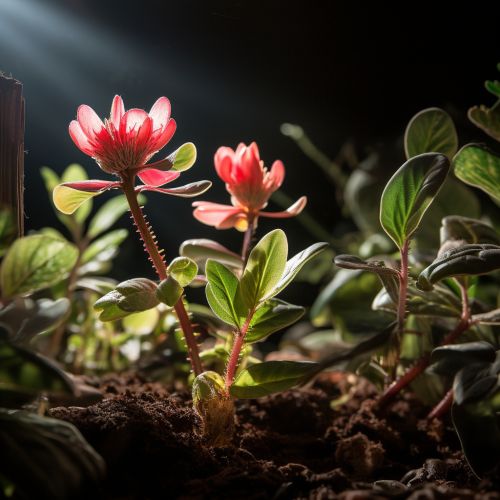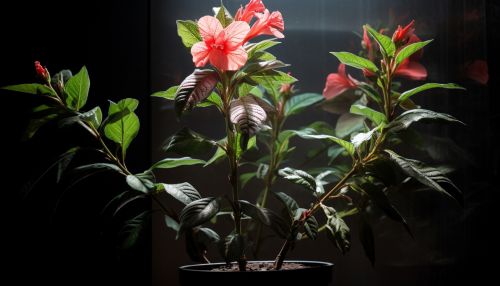The Biological Mechanisms of Plant Response to Light Intensity
Introduction
Plants, as autotrophic organisms, have developed a variety of mechanisms to adapt to their environment and optimize their growth and development. One of the most critical environmental factors influencing plant life is light. The intensity of light affects numerous aspects of plant physiology, including photosynthesis, photomorphogenesis, and photoperiodism. This article delves into the biological mechanisms of plant response to light intensity, providing a comprehensive and detailed understanding of this complex process.
Photosynthesis and Light Intensity
Photosynthesis is the primary process through which plants convert light energy, primarily from the sun, into chemical energy in the form of glucose. Light intensity plays a crucial role in photosynthesis as it influences the rate at which the process occurs. The light-dependent reactions of photosynthesis, which take place in the thylakoid membranes of the chloroplasts, are directly affected by light intensity.
At low light intensities, photosynthesis occurs at a slow rate as there is insufficient light energy to excite the chlorophyll molecules to a higher energy state. As light intensity increases, the rate of photosynthesis also increases until a point known as the light saturation point. Beyond this point, further increases in light intensity do not result in an increased rate of photosynthesis, as the photosynthetic apparatus is saturated and cannot process any more light energy.


Photomorphogenesis and Light Intensity
Photomorphogenesis refers to the growth and development of plants in response to light. Light intensity influences photomorphogenesis by regulating various plant growth processes such as germination, stomatal opening and closing, phototropism, and flowering.
Plants have evolved specialized photoreceptor proteins, including phytochromes, cryptochromes, and phototropins, that absorb specific wavelengths of light and initiate signal transduction pathways leading to changes in gene expression and plant growth. These photoreceptors enable plants to sense and respond to changes in light intensity, allowing them to adapt to their environment and optimize their growth.


Photoperiodism and Light Intensity
Photoperiodism is the physiological response of plants to the relative lengths of light and dark periods. It is a crucial factor in determining the timing of flowering in many plant species. Light intensity can influence photoperiodism by affecting the perception of day length by the plant.
Plants can be classified into three types based on their photoperiodic response: short-day plants, long-day plants, and day-neutral plants. Short-day plants flower when the night length exceeds a certain threshold, while long-day plants flower when the night length is less than a specific duration. Day-neutral plants, on the other hand, flower regardless of the day length.


Conclusion
The biological mechanisms of plant response to light intensity are complex and multifaceted, involving a range of physiological processes and molecular pathways. Understanding these mechanisms is crucial for optimizing plant growth and productivity, particularly in the context of agriculture and horticulture.


